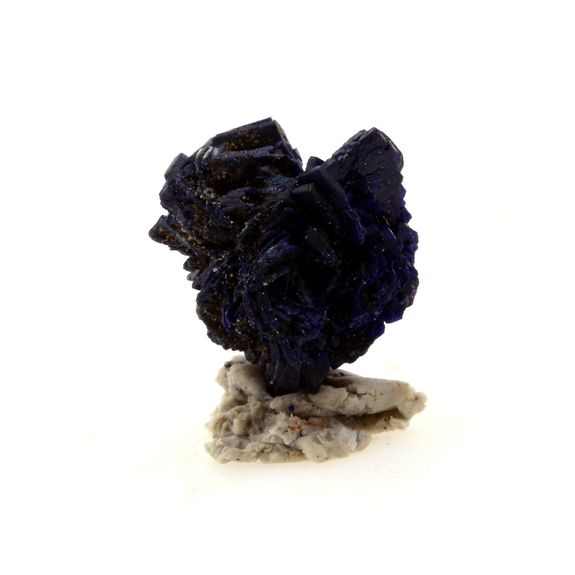
He had a passionate interest in minerals. Perhaps the most committed to the growth of the collection was the son John Williams (1778-1849). Consequently, the present-day process of cataloguing has been a painstaking one. Unfortunately, almost all of the early Cornish specimens lacked any form of labelling. The Scorrier House mineral collection has been described by authors/travellers in the early 19th century as ranking alongside that of Philip Rashleigh of Menabilly and being one of the most important collections of Cornish minerals ever assembled. Along with his sons, John and Michael, they were founder members of the Royal Geological Society of Cornwall in 1814, testament to their interest not only in mining but also in mineralogy and geology. He also acquired a vast number of the finest copper minerals from mines in the parish of Gwennap which he managed.


Archival correspondence shows that he was purchasing minerals for the family collection as early as the late 1700s. John Williams (1753-1841) lived at Burncoose in his early life and moved to Scorrier House, which he built, in 1778. What until recently has been little in evidence is the selection of fine minerals assembled by generations of the Williams family at Burncoose and Scorrier House and now on display as part of the house tour. Caerhays is justifiably and internationally famous for its gardens, largely created by John Charles (J C) Williams.


 0 kommentar(er)
0 kommentar(er)
